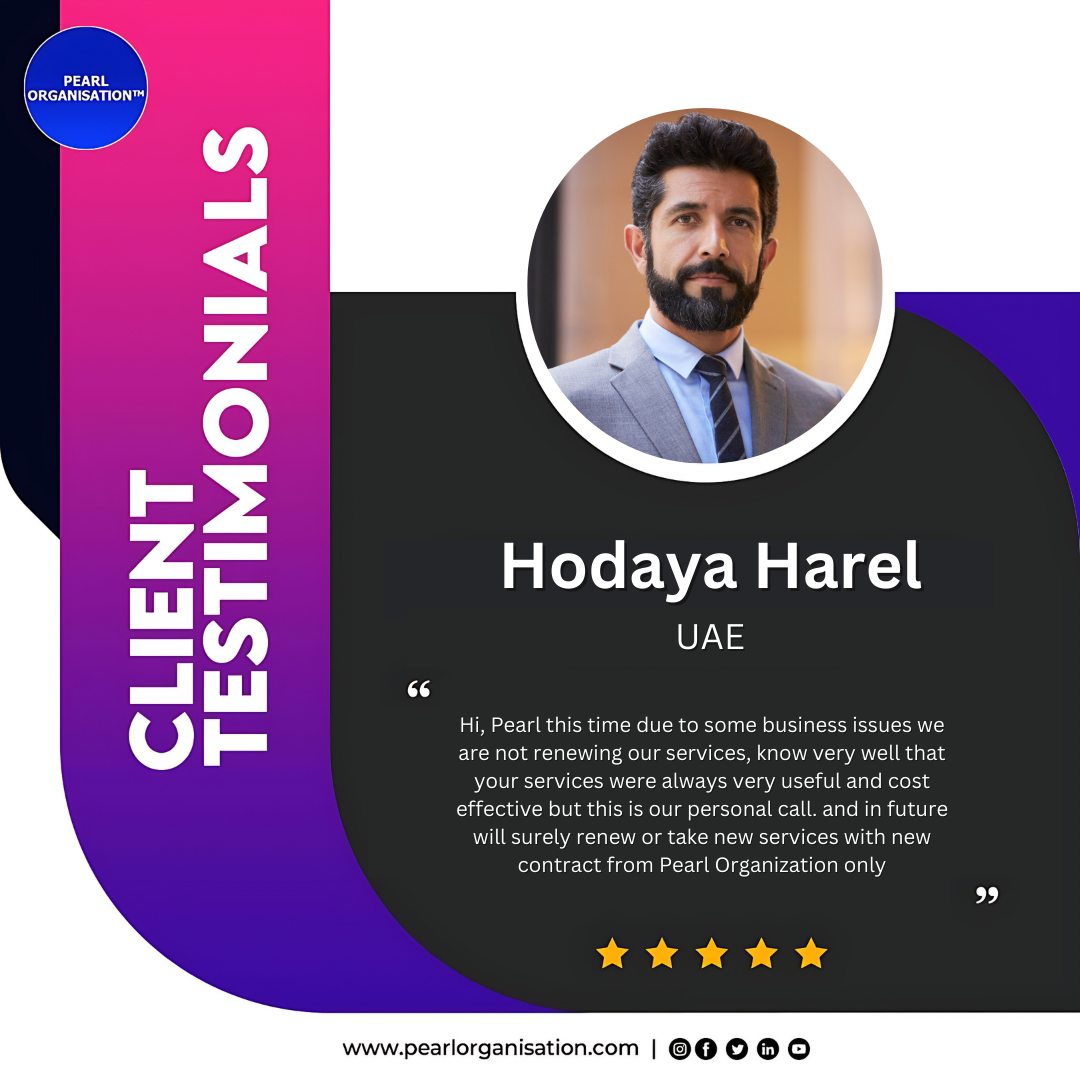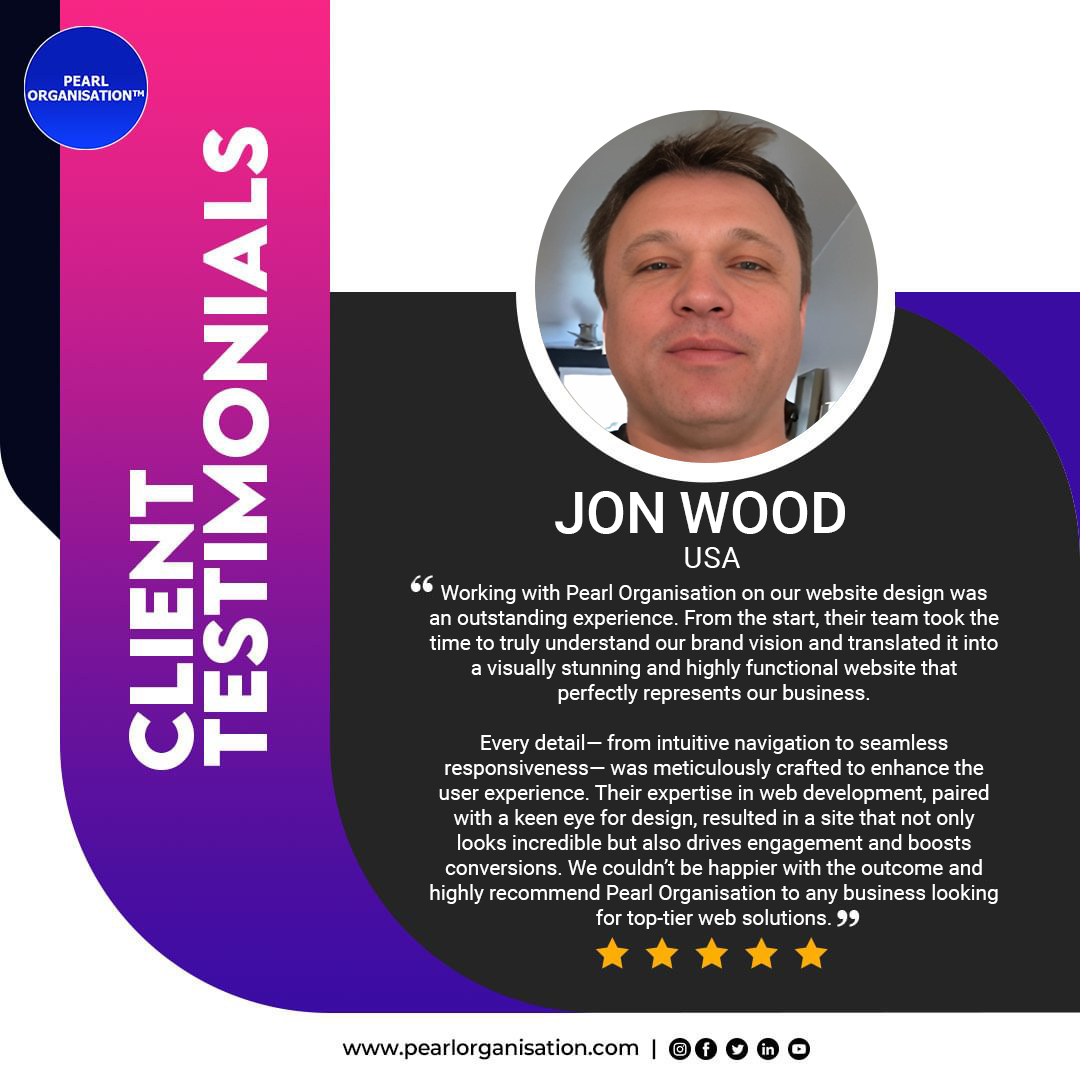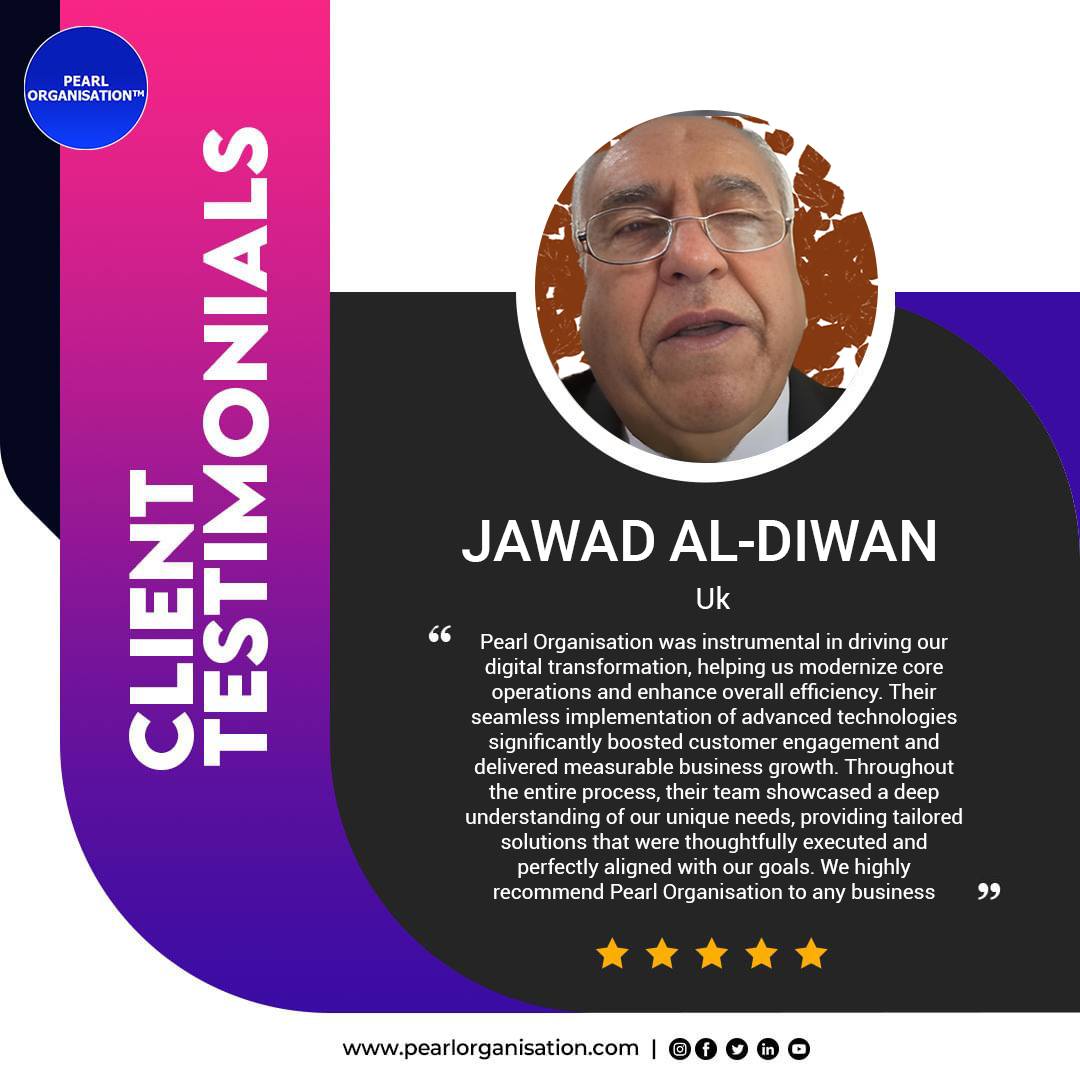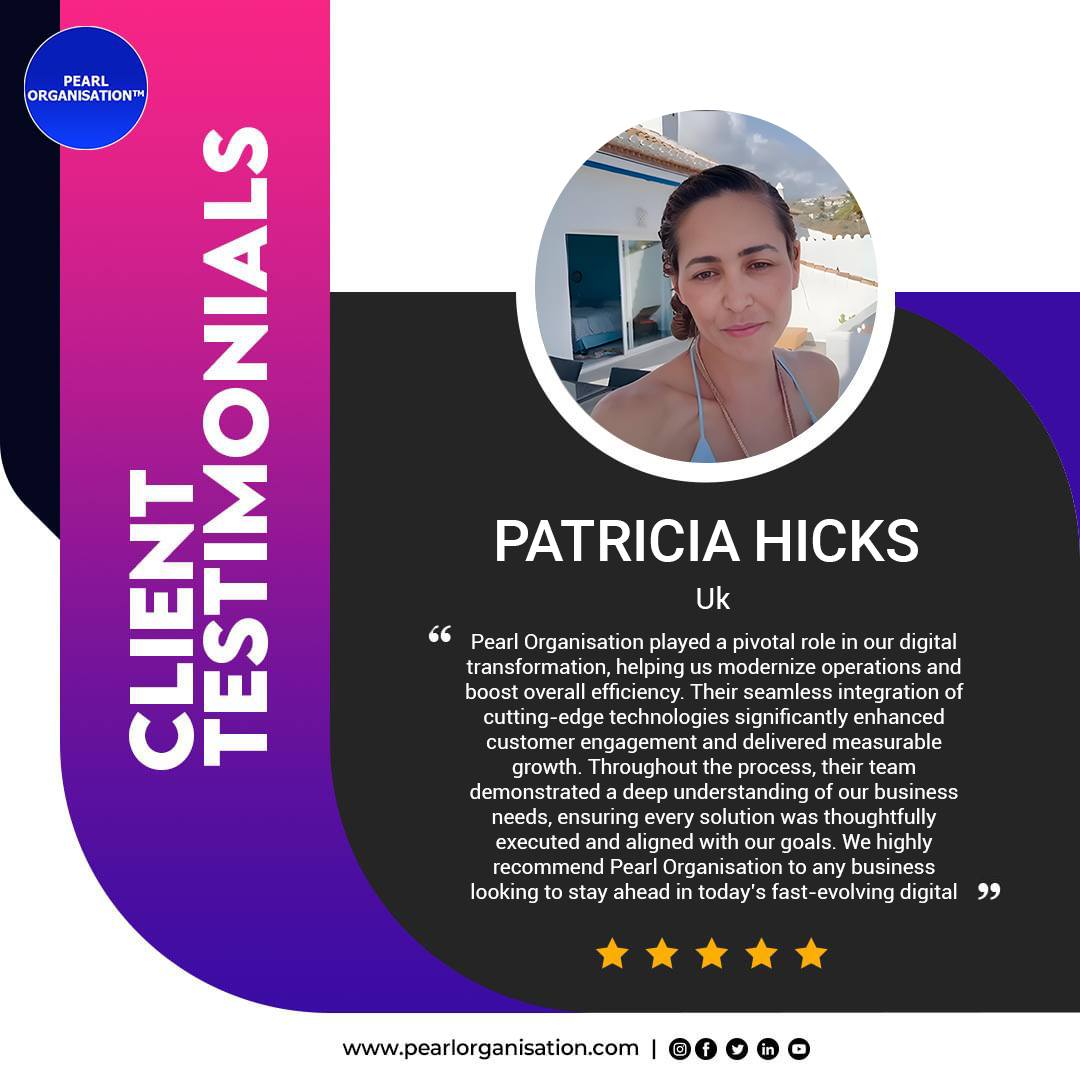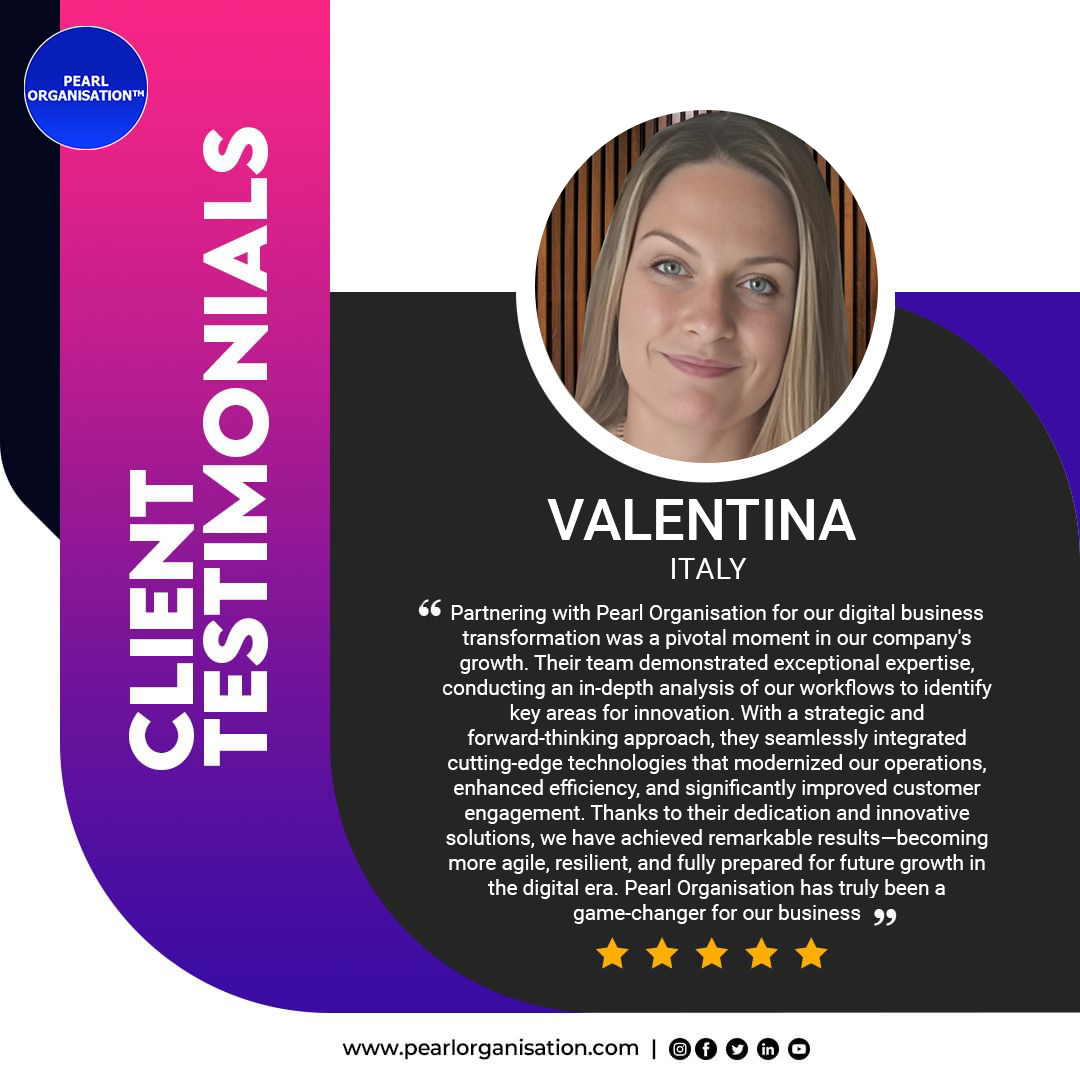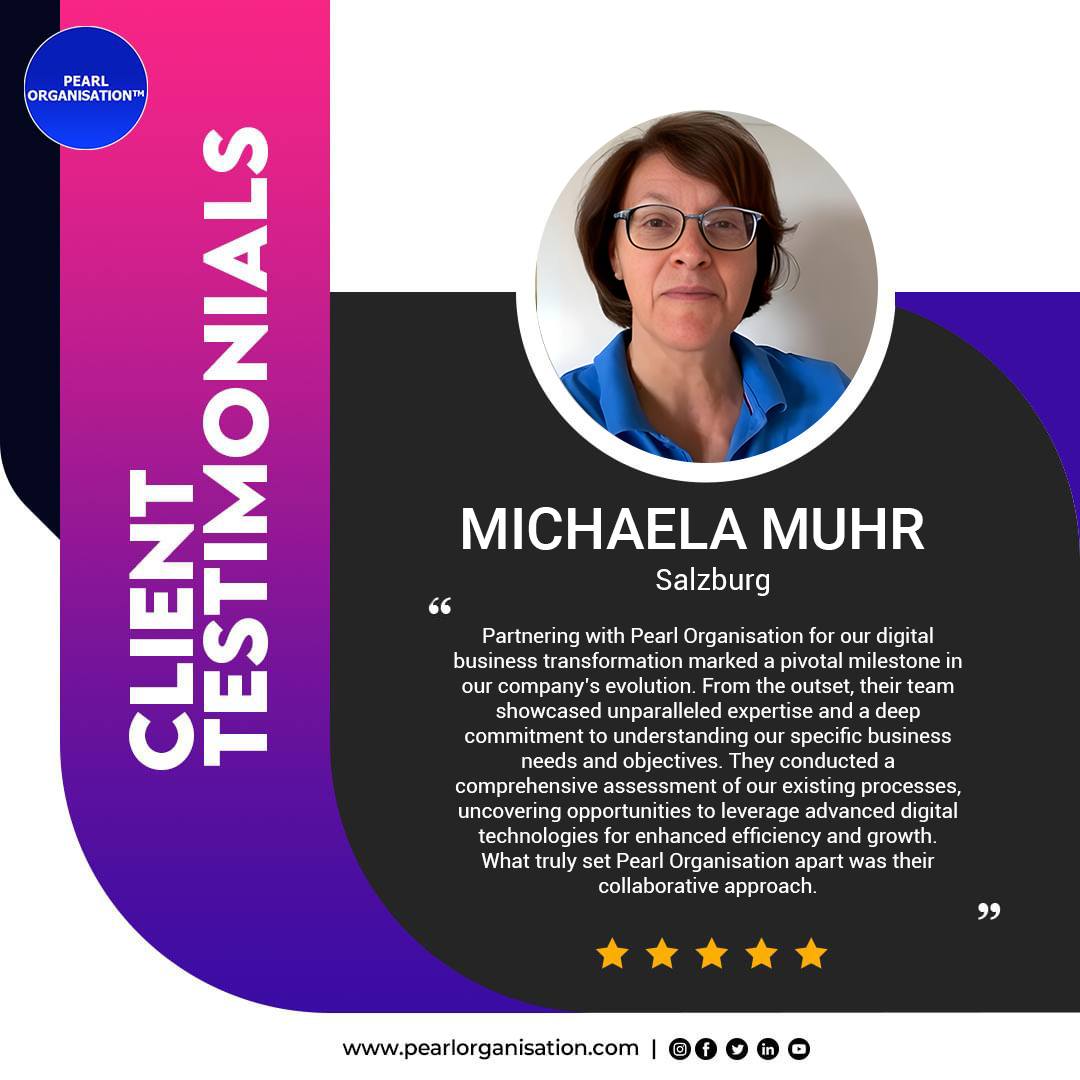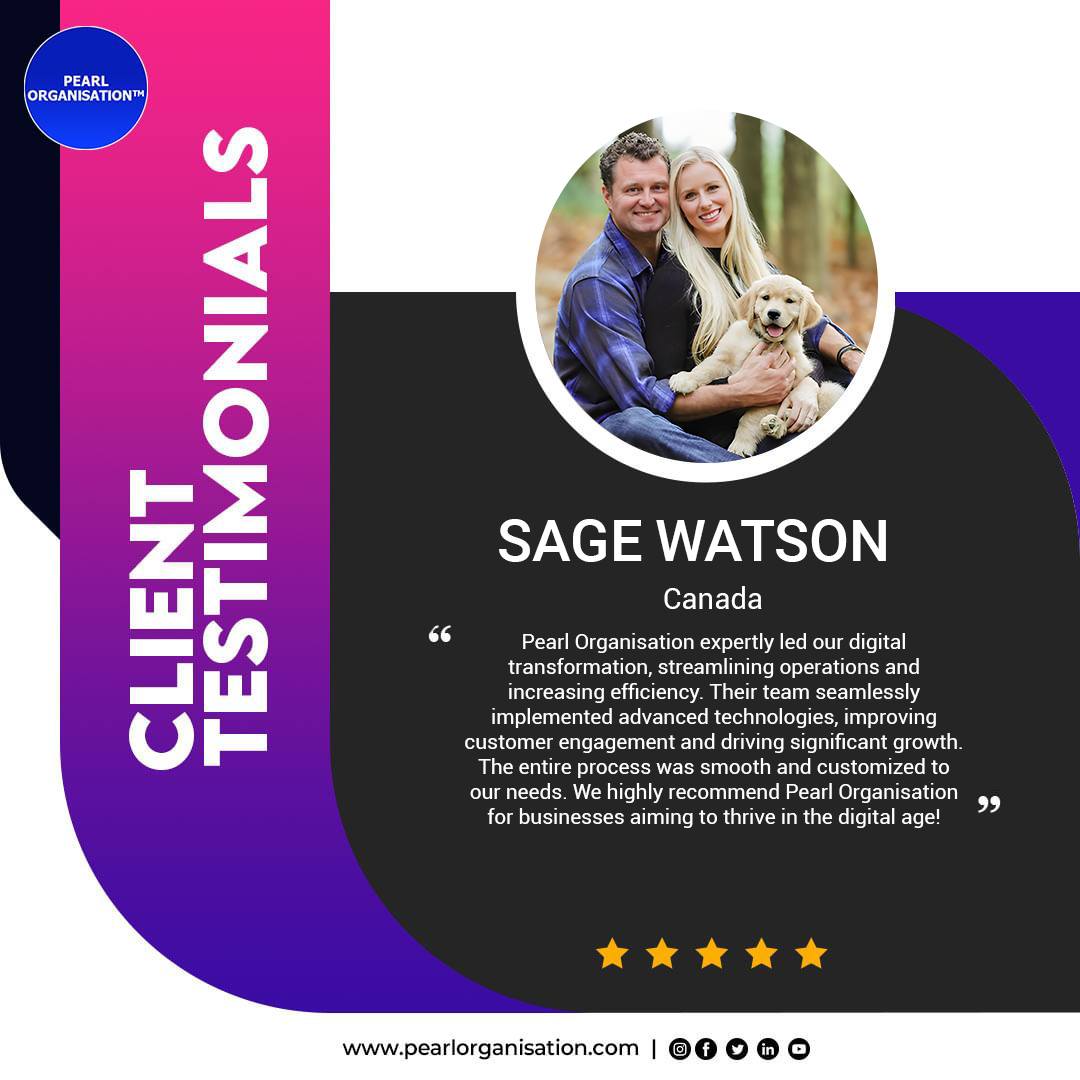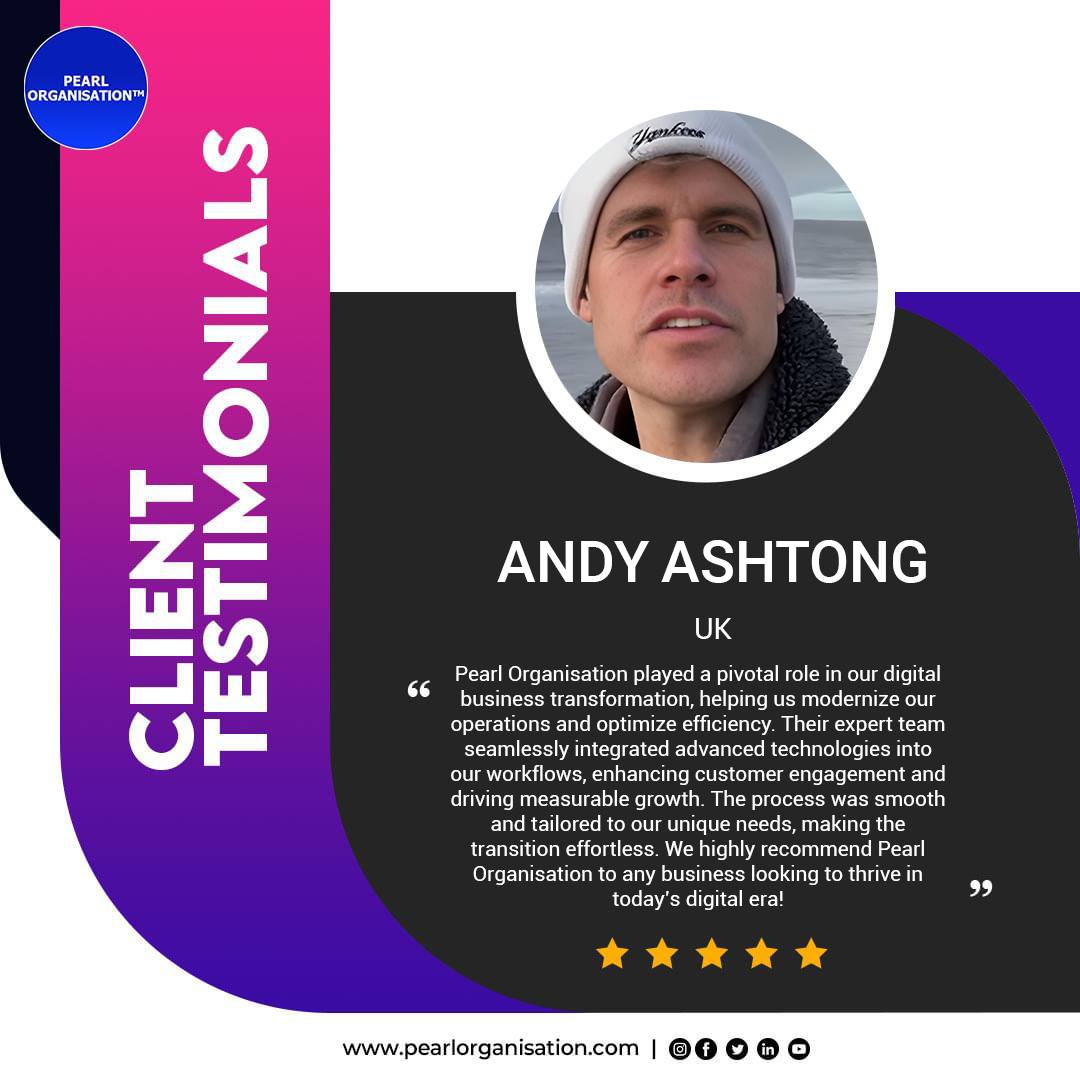Hybrid IT Without the Headache: Pearl Organisation’s Scalable Approach
- Larrisa

- Sep 13
- 15 min read

In today’s fast-moving digital world, companies increasingly find themselves caught between multiple environments—on-premise systems, private data centres, public clouds, SaaS platforms, legacy applications, and emerging microservices. Moving everything blindly to “the cloud” is rarely the optimal answer. Instead, smart organizations adopt a hybrid IT strategy that blends the best of both worlds: retaining control and performance where needed, while leveraging the flexibility, scalability, and innovation speed of the cloud.
Pearl Organisation approaches hybrid IT not as a risky migration challenge, but as a carefully architected strategy for continual transformation. With decades of global digital-transformation experience, a full-stack technology capability, and a proven cloud consulting and migration practice, Pearl Organisation helps businesses move to hybrid architectures—and manage them at scale—without the usual pain points of latency, security, integration breakage, cost overruns, or vendor lock-in.
In this article, we’ll explore how Pearl Organisation builds hybrid IT environments that genuinely scale, adapt, and deliver value, covering:
Why hybrid IT is often the wiser path
Key challenges and how Pearl Organisation mitigates them
Pearl Organisation’s hybrid-cloud consulting and migration methodology
Core components: planning, integration, automation, governance and optimization
Use-case illustrations of hybrid IT in action
Best practices for a scalable, low-friction hybrid architecture
How Pearl Organisation ensures long-term operability, security, and ROI
What to expect if you partner with Pearl Organisation for hybrid IT
Why Hybrid IT Is Often the Smarter Move
Not all systems should move to the cloud, and not all workloads thrive in a fully on-premises environment. Hybrid IT offers a balanced strategy that:
Lets sensitive workloads remain on-premises or in private infrastructure while enabling burst-computing or big-data workloads to use public cloud resources
Leverages existing investments—hardware, software licenses, skilled staff—without forcing “rip and replace” migrations
Reduces latency or data sovereignty risks by keeping certain data or processing physically close, while moving other parts of the stack to cloud services
Enables flexible disaster recovery or “burst mode” scaling without paying for public-cloud capacity all the time
Offers businesses a gradual migration path so they can evolve systems incrementally, reducing disruption
Improves resilience: if one environment has an outage or degraded performance, workloads can fail over or shift dynamically to alternate environments
Pearl Organisation sees hybrid IT not as a compromise but as a powerful architecture pattern: one that can evolve with business needs, support incremental modernization, and unlock cloud innovation without sacrificing control.
The Challenges of Hybrid Environments—and Pearl Organisation’s Mitigations
Hybrid IT can deliver tremendous benefits, but only if it's architected and managed carefully. Common pain points include:
Network latency, inconsistent connectivity or bandwidth constraints between on-premise and cloud components
Data integration hurdles, especially when legacy applications use proprietary data formats or monolithic architectures
Security and compliance risks, including data leakage, unclear responsibility boundaries between cloud and on-prem, and inconsistent identity/access management
Operational complexity: monitoring, logging, backup, disaster recovery, and troubleshooting across multiple environments
Drift between environments (for example, cloud instances that diverge in configuration from their on-prem equivalents, or manual changes that are not version controlled)
Cost overruns or unexpected cloud bills due to improper scaling, inefficient resource scheduling, or poor automation
Vendor lock-in, where it's hard to extract data or services from one cloud vendor—or to switch from cloud to on-premise or to another provider
Pearl Organisation addresses each of these challenges through a combined approach of strategy, automation, governance, and integration:
Comprehensive pre-migration assessment and network planning to ensure connectivity, bandwidth, latency tolerances, and SLAs are well-understood.
Data-flow and application-flow modelling to understand dependencies, assess latency sensitivity, and segregate workloads for “lift-and-shift,” “refactor,” or “cloud-native rearchitect” paths.
Custom API development and integration layers to decouple monolithic legacy systems and enable clean, modern microservice or serverless access patterns.
Use of DevOps automation and cloud-native technologies to maintain version control, configuration consistency, automated provisioning, continuous deployment, and real-time monitoring.
Cloud-to-cloud and on-prem-to-cloud migration pipelines designed with rollback, testing environments, canary or blue/green launches, and fail-safes to minimize disruption.
Governance frameworks that include identity and access management (IAM) strategies, encryption (data in transit and at rest), consistent logging and alerting, cloud cost-control policies, and automated backup and disaster recovery procedures.
Monitoring, observability and autoscaling tooling deployed end-to-end to ensure workloads can be managed, scaled, and remediated regardless of their hosting environment.
Cost-optimization strategies implemented post-migration to tune usage, automate resource shutdown or scaling, and implement cloud-native cost-saving patterns.
Pearl Organisation’s Hybrid-Cloud Consulting & Migration Methodology
Pearl Organisation usually follows a structured yet agile methodology for hybrid-IT adoption. Here’s a breakdown of the key phases:
Discovery & Business-Case Definition
Pearl Organisation starts by working with business and IT leaders to understand strategic objectives: which applications must remain on-premises (for latency, compliance, cost, legacy dependence, or sovereignty reasons), which workloads can be moved to the cloud, and where hybrid flexibility offers clear business advantages (scaling, burst workloads, AI/ML processing, global availability, backup/disaster recovery, etc.).
During this stage the team audits existing hardware, software, networking, data flows, data sovereignty and compliance constraints, latency and bandwidth, monitoring tools, disaster recovery processes, security architecture, and DevOps maturity. Pearl prioritizes building a hybrid roadmap that balances risk, speed of innovation, and cost.
Hybrid Architecture Design & Workload Segmentation
Based on the discovery, Pearl Organisation segments workloads into logical categories:
On-premises “core” systems (e.g. legacy databases, ERP, private customer data, highly latency-sensitive services)
Cloud-native, scalable services (e.g. front-end web applications, AI/ML pipelines, big-data analytics, storage buckets, SaaS modules)
Burst-capacity or transient workloads (e.g. batch processing, ETL jobs, large data transformation, back-ups, disaster recovery, dev/test environments)
Cross-environment integration layers (APIs, message buses, event streaming, data pipelines, identity federation)
Disaster recovery and backup fail-over components
Pearl Organisation then designs a hybrid-cloud architecture, choosing the best hosted environment for each segment (on-prem, private cloud, or public cloud) while ensuring secure and performant flows between them.
DevOps Automation & Infrastructure as Code
To avoid the drift, complexity, and inconsistency that often plague hybrid environments, Pearl Organisation uses Infrastructure as Code (IaC) tools, automated provisioning pipelines, versioned configuration management, and containerization or serverless functions where appropriate. This ensures that both the cloud and on-premise environments are managed in a unified, repeatable way, with proper continuous integration and deployment (CI/CD) pipelines that reduce manual effort and configuration errors.
Migration & Integration
Depending on the workload segmentation, migration can take multiple forms:
“Lift-and-shift” migrations of virtual machines or containerized services
Rehosting and refactoring of monolithic services into microservices or container patterns
Re-architecting legacy on-premise components into cloud-native serverless or managed services
Hybrid integration, where some services remain on-premise and communicate with cloud services via secure APIs or event-streaming platforms
Development of custom APIs to decouple systems, allow scalable cloud-to-cloud operations, or enable SaaS/third-party integrations
Pearl Organisation builds and tests migration pipelines with rollback strategies, shadow testing, staging environments, canary releases, and monitored cut-overs to minimize risk during transition.
Security, Governance & Monitoring
Hybrid IT introduces complexity in security and governance. Pearl Organisation implements consistent identity and access models across all environments, end-to-end encryption for data in motion and at rest, logging and alerting pipelines, cloud security posture management, cloud cost-governance policies, and regular security audits and compliance reviews. Monitoring and observability stacks (metrics, logs, alerting, tracing) are deployed so IT teams and DevOps teams can see the health of workloads regardless of hosting location.
Optimization & Cost-Management
Once workloads are migrated or rearchitected, Pearl Organisation focuses on continuous optimization. This includes autoscaling rules, burstable capacity for peak workloads, shutting down idle resources, load-balancing across environments, disaster-recovery drills, backup pipelines, and using managed cloud services (storage, queues, serverless compute, managed databases) to reduce operational overhead. Cost-monitoring dashboards and automated alerts help keep unexpected cloud bills under control.
Ongoing Support & Evolution
Hybrid IT isn’t a “one-off project.” Pearl Organisation offers ongoing managed services, monitoring, regular architectural reviews, patching, upgrades, and incremental modernization. As business needs, traffic patterns or data volumes evolve, Pearl Organisation helps enterprises expand, refactor or migrate portions of the stack—gradually reducing technical debt, improving performance, and increasing resiliency.
Core Hybrid Architecture Components
A truly scalable hybrid IT system built by Pearl Organisation typically includes:
Secure VPN or private connectivity (e.g. dedicated MPLS, Direct Connect, ExpressRoute or equivalent) between on-premise data centres and the cloud, complemented by software-defined networking when required
Federated identity and access control, often using Enterprise Identity Providers (IdP), single sign-on (SSO), role-based access control (RBAC), and multi-factor authentication, implemented uniformly across cloud and on-premise systems
Event-streaming architecture (Kafka, AWS Kinesis, Google Pub/Sub, or open-source equivalents) or message buses that allow real-time communication between cloud and on-prem services
Containerization (Docker, Kubernetes) or serverless functions to make workloads portable and scalable across environments
Data pipelines and ETL/ELT jobs that gather, transform, and synchronize data between on-premise systems, private cloud, public cloud, analytics services, and archival storage
API gateways, middleware, or microservice layers that abstract legacy logic and allow cloud systems to interact with enterprise applications—even monolithic legacy backends
Monitoring, logging, tracing, and alerting frameworks that span environments, often using cloud-native tools alongside open-source observability stacks
Disaster recovery and high-availability strategies that use cross-environment backups, failovers, snapshots, and possibly cross-cloud replication
Autoscaling and burst-capacity provisioning, allowing cloud components to dynamically expand under load and contract when idle, reducing cost and increasing performance
Centralized configuration management (Infrastructure as Code, version control, CI/CD pipelines) to avoid drift and improve maintainability
Use-Case Illustrations
Here are hypothetical but plausible scenarios showing how Pearl Organisation’s hybrid IT approach plays out in practice:
Use Case A: Legacy ERP + Cloud-based Analytics
A mid-sized manufacturing firm has a decades-old on-premises ERP system that holds their transactional, inventory, and operational data. They want to add predictive analytics and machine learning-based demand forecasting, but rewriting the ERP system would be expensive and risky. Pearl Organisation segments the hybrid architecture: critical transactional ERP modules remain on-premises behind strong VPN connectivity, while data extraction pipelines periodically (or in real-time) replicate or stream sanitized, aggregated data to a cloud analytics platform.
On the cloud side, machine learning pipelines generate forecasts and insights, which are fed back into decision-support dashboards accessible to operations managers. APIs enable the on-premises ERP dashboard to show recommendations or alerts, without rewriting the core ERP.
Use Case B: SaaS Front-End, On-Prem Back-End
A company has an on-premises customer database and legacy order management system but wants to launch a new SaaS front-end (web and mobile) quickly and scale globally. Pearl Organisation builds a hybrid stack where the SaaS front-end (hosted globally in a public cloud) interacts via secure APIs and federated identity with the on-prem backend. Burstable components—such as payment processing, customer email notifications or image/video uploads—use cloud-native storage and serverless compute. The front-end can auto-scale under high load; the backend remains stable and secure behind firewalls, and sensitive customer data never leaves the on-premises system unless absolutely necessary.
Use Case C: Disaster Recovery and Peak Load Handling
A fintech company runs many of its core services on-premises for performance and regulatory reasons. But during end-of-month processing (or periodic reporting), compute and bandwidth demands spike dramatically, causing delays or performance degradation. Pearl Organisation implements a hybrid “burst to cloud” disaster recovery and peak-load plan: critical compute jobs automatically fail over to cloud instances when on-prem infrastructure reaches defined capacity thresholds. Snapshots and backups are replicated to cloud storage periodically, and when a disaster-recovery event occurs, workloads spin up in the cloud automatically, with DNS routing and temporary databases. After the spike or disaster subsides, workloads are shut down and data re-synced back to the primary on-premises site.
Best Practices for Low-Friction, Scalable Hybrid IT
If your organization is pursuing a hybrid IT model, these best practices—refined through Pearl Organisation’s experience—can help reduce “headache” and achieve high performance:
Start with the business use case, not the technology. Let strategic goals drive migration decisions, not hype about “lift everything to the cloud.”
Segment workloads clearly and apply the right hosting environment to each segment—cloud or on-premises, bursting or persistent workloads, refactored or legacy systems.
Automate everything. Use Infrastructure as Code, automated CI/CD pipelines, version-controlled configuration, containerization, and deployment automation from day one.
Build integration layers early. Custom APIs or messaging/event pipelines will save you massive rework later when systems need to talk to each other across environments.
Plan for latency, bandwidth, and failover from the start. Don’t assume perfect connectivity. Design for intermittent connectivity, degraded bandwidth, or partial outages.
Implement federated identity and consistent security models across environments. Cloud and on-premise shouldn’t have disjointed access policies—doctors, salespeople, and admins need the right roles everywhere.
Monitor and observe everything end-to--end. You should be able to trace a request from a user-facing module in the cloud to a backend order processor on-premises, through logs, metrics, and alerts.
Build disaster-recovery and backup plans that cross environments. Cloud snapshots, cross-region replications, and burst-capacity failover can raise reliability dramatically.
Use cloud-native and managed services where it makes sense. Storage, message queues, serverless compute, and managed databases can reduce your operations burden while improving scalability.
Treat hybrid IT as a living architecture. Regular reviews, cost-optimizations, refactor opportunities, and adaptive change should be part of your roadmap—not "migrate and forget."
How Pearl Organisation Ensures Long-Term Operability and ROI
Pearl Organisation’s hybrid IT engagements don’t end at “cut-over.” We offer ongoing managed services and governance to ensure scaling performance, evolving needs, and cost-effective operations:
Dedicated account and architecture teams that monitor the hybrid system, review performance and SLAs regularly, and propose architectural refinements as business needs evolve
Service-level monitoring across environments, with alerting thresholds, failure mode analysis, and automated failover procedures
Regular cost-optimization reviews, autoscaling audits, and cleanup of idle or orphaned resources
Security audits, penetration testing, and compliance checks scheduled periodically and triggered after major changes
Incremental modernization projects—e.g. refactoring legacy on-premise components into microservices as cloud maturity increases, or migrating parts of burst workloads permanently into the cloud if it makes sense
Training and documentation for in-house IT teams, so your organization grows internal confidence in managing hybrid systems
Architecture “health checks” that look for drift, outdated dependencies, stale APIs, or inefficient pipelines, and propose modernization sprints to reduce technical debt
What to Expect from a Partnership with Pearl Organisation
If your organization engages Pearl Organisation to help design, build, migrate, and manage a hybrid IT environment, here’s what the journey tends to look like:
Initial consult and business-case workshop, where we define hybrid-IT objectives, constraints, and success metrics
Discovery audit of your current systems, data flows, network architecture, and cloud readiness
High-level architecture proposal including workload segmentation, connectivity strategy, and integration layers
Incremental hybrid migration planning, often starting with low-risk “burst” or analytics workloads migrating first, while stable core systems remain stable on-premises
Deployment and migration using automated pipelines, phased cut-overs, and rollback strategies
Post-migration optimization: autoscaling, cost-control policies, monitoring and alerting, and CI/CD pipeline automation for future updates
Ongoing hybrid-IT governance, support, and managed services, including modernization roadmaps as cloud maturity grows
By following a phased approach, treating hybrid IT as a continuously evolving architecture rather than a one-time project, and maintaining strong automation and governance disciplines, Pearl Organisation ensures that hybrid IT can deliver innovation, resilience, and scale—without the usual headaches.
Hybrid IT doesn’t have to mean complexity, confusion, or fragmented environments. With the right strategy, automation, governance, and architectural discipline, hybrid environments can deliver the best of both worlds: control and security when you need them, and scalability and agility when you don’t.
Pearl Organisation brings a pragmatic, scalable, and fully managed approach to hybrid IT. By combining full-stack engineering, cloud consulting and migration expertise, DevOps automation, and long-term managed services, we ensure your hybrid architecture grows with you—not against you.
If you want to modernize, scale, or refactor your infrastructure with minimal disruption, maximal flexibility, and evolving innovation, Pearl Organisation is the hybrid IT partner built to grow with your business.
FAQ:
1. Why is hybrid IT becoming a global trend?
According to a 2024 Gartner report, over 80% of enterprises will adopt hybrid or multi-cloud infrastructure strategies by 2027. Businesses are choosing hybrid IT to balance control of sensitive workloads on-premises while leveraging public cloud scalability for innovation and cost efficiency. Pearl Organisation helps companies design this balance strategically.
2. What percentage of businesses use hybrid IT today?
IDC’s 2024 survey found that 72% of enterprises already operate in hybrid IT environments. This reflects the reality that very few organizations are fully cloud-native or fully on-prem; most combine both. Pearl Organisation enables smoother transitions into this majority model.
3. Why can’t businesses simply “go all in” on cloud?
While cloud is attractive, 44% of CIOs surveyed by Deloitte cited compliance, data sovereignty, and latency as reasons to retain on-premises infrastructure. Pearl Organisation designs hybrid solutions that let companies migrate what makes sense while protecting critical workloads.
4. How does hybrid IT impact costs globally?
Flexera’s 2024 State of the Cloud report revealed that 82% of enterprises overspend on cloud services by at least 25% annually. Hybrid IT with Pearl Organisation prevents such waste by automating workload placement and scaling intelligently between on-premises and cloud.
5. What industries benefit most from hybrid IT?
Hybrid adoption is highest in financial services (65%), healthcare (60%), and manufacturing (58%), according to IDC. These industries rely on Pearl Organisation’s hybrid solutions to meet compliance, ensure uptime, and modernize legacy systems.
6. How does hybrid IT improve resilience?
A Forrester study showed that companies using hybrid IT experienced 35% fewer downtime incidents than those using single-environment architectures. Pearl Organisation designs hybrid failover strategies, ensuring business continuity even during regional cloud outages.
7. Is hybrid IT secure enough for global enterprises?
Yes. A 2023 IBM study noted that organizations using hybrid cloud models with integrated IAM (Identity Access Management) reduced security breaches by 25%. Pearl Organisation implements end-to-end encryption, federated identity, and compliance monitoring to secure hybrid systems.
8. What’s the ROI of hybrid IT?
Accenture’s 2024 Cloud Continuum survey found hybrid IT users realized an average ROI of 2.5x compared to “cloud-only” migration projects. Pearl Organisation aligns hybrid IT ROI to business KPIs like reduced downtime, optimized cost, and accelerated innovation.
9. How does hybrid IT address compliance?
Regulations like GDPR in Europe or HIPAA in the US demand strict data handling. Gartner found that 65% of businesses retain on-premises infrastructure for compliance. Pearl Organisation segments sensitive workloads on-prem while enabling flexible cloud innovation.
10. What role does automation play in hybrid IT?
McKinsey’s 2023 study showed that companies with high automation in hybrid IT cut operational costs by up to 30%. Pearl Organisation integrates DevOps pipelines, Infrastructure-as-Code, and auto-scaling to eliminate manual bottlenecks.
11. Does hybrid IT slow down digital innovation?
On the contrary, 67% of enterprises in a 2024 PwC study said hybrid IT accelerates innovation by enabling selective modernization. Pearl Organisation empowers businesses to test new workloads in the cloud while keeping legacy systems stable.
12. How does hybrid IT affect employee productivity?
Microsoft’s 2023 Work Trend Index revealed that 60% of IT professionals feel hybrid IT enables better collaboration between developers, operations, and security teams. Pearl Organisation designs unified monitoring dashboards to simplify cross-team workflows.
13. Can hybrid IT reduce downtime costs?
Yes. According to IBM, the global average cost of downtime is $9,000 per minute. Pearl Organisation implements hybrid disaster recovery systems that reduce downtime impact by enabling quick failover between on-prem and cloud.
14. How does hybrid IT support global scalability?
Statista reports that public cloud revenue exceeded $678 billion in 2024, yet 55% of CIOs still prioritize hybrid models for global scaling. Pearl Organisation leverages multi-region cloud hosting and localized on-prem deployments to support international operations.
15. What percentage of companies struggle with hybrid IT complexity?
In a 2024 survey by Flexera, 74% of enterprises cited hybrid IT complexity as their biggest challenge. Pearl Organisation reduces this complexity with automation, governance frameworks, and unified observability tools.
16. How does Pearl Organisation future-proof hybrid IT?
By designing modular, API-driven architectures and embedding continuous modernization cycles. According to Deloitte, 59% of organizations regret rushing into single-cloud lock-in. Pearl Organisation prevents this with flexible, future-ready designs.
17. Can hybrid IT reduce IT spend globally?
Yes. A study by 451 Research found that optimized hybrid IT reduced IT spend by 17% on average across enterprises. Pearl Organisation achieves this by eliminating idle cloud costs and maximizing existing infrastructure investments.
18. What’s the environmental impact of hybrid IT?
Accenture’s Sustainability Index noted that cloud-optimized hybrid IT reduced carbon emissions by 15-20% compared to on-premises alone. Pearl Organisation helps businesses design green hybrid IT by leveraging energy-efficient cloud resources strategically.
19. Does hybrid IT improve customer experience?
Salesforce reported in 2023 that 73% of customers expect services to be available anytime, anywhere. Hybrid IT supports this with global cloud delivery while ensuring localized data for compliance. Pearl Organisation integrates both to create frictionless customer journeys.
20. How important is latency management in hybrid IT?
Extremely. A study by Akamai showed that a 100ms delay in response time can reduce conversion rates by 7%. Pearl Organisation designs low-latency architectures by keeping mission-critical services close to users while leveraging cloud scalability.
21. What’s the adoption rate of multi-cloud versus hybrid IT?
According to Flexera, 87% of enterprises use multi-cloud, but hybrid IT adoption is catching up at 72%. Pearl Organisation helps enterprises combine both: multiple public clouds plus on-prem infrastructure under one cohesive framework.
22. How does Pearl Organisation simplify hybrid IT management?
Through unified monitoring, Infrastructure-as-Code, and cross-environment orchestration. IDC reports that 70% of hybrid IT failures stem from misaligned management practices—something Pearl solves with governance-first design.
23. What training does Pearl Organisation provide for hybrid IT?
We offer training for in-house teams covering monitoring, governance, and automation. A Gartner survey revealed that 64% of CIOs cite skills gaps as the top hybrid IT barrier, so Pearl Organisation builds both systems and people capabilities.
24. How does hybrid IT support AI workloads globally?
AI requires scalable compute but often processes sensitive data. Hybrid IT allows sensitive datasets to remain on-prem while leveraging cloud GPUs for training. Pearl Organisation ensures AI pipelines are secure, cost-effective, and compliant.
25. What’s the growth forecast for hybrid IT?
MarketsandMarkets predicts the hybrid cloud market will grow from $129 billion in 2024 to $348 billion by 2029. Pearl Organisation is positioned to guide enterprises through this exponential growth phase.
26. How do hybrid IT strategies reduce vendor lock-in?
According to Deloitte, 55% of enterprises cite lock-in as a major concern. Pearl Organisation reduces dependency by building API-driven, containerized workloads that can move across providers.
27. Does hybrid IT help with disaster recovery?
Yes. A Forrester report showed hybrid IT reduced average recovery time by 40%. Pearl Organisation designs cross-environment failover pipelines and automated recovery drills.
28. Can hybrid IT improve innovation speed?
According to Accenture, enterprises using hybrid IT launched new products 22% faster on average. Pearl Organisation enables this by allowing cloud-based innovation alongside stable legacy systems.
29. How do hybrid IT models impact global data sovereignty laws?
With over 130 countries now enforcing data protection laws, hybrid IT allows businesses to keep data in-country while leveraging global cloud services. Pearl Organisation maps data flows to comply with local regulations.
30. What are the top hybrid IT technologies used globally?
According to Gartner, the most common include Kubernetes (used by 60% of enterprises), API gateways, serverless computing, and federated identity solutions. Pearl Organisation deploys these as part of its hybrid IT architectures.
31. What’s the employee sentiment toward hybrid IT?
Cisco’s 2023 survey found that 67% of IT employees prefer hybrid models because they reduce firefighting and improve automation. Pearl Organisation enhances this sentiment with user-friendly dashboards and clear governance.
32. How does hybrid IT influence cybersecurity insurance costs?
A PwC study showed businesses with strong hybrid IT governance reduced insurance premiums by up to 15%. Pearl Organisation’s emphasis on compliance and monitoring strengthens cyber insurance posture.
33. How fast is the adoption of Infrastructure-as-Code for hybrid IT?
HashiCorp’s 2024 survey revealed that 76% of hybrid IT organizations now use Infrastructure-as-Code for automation. Pearl Organisation integrates this from the start to minimize complexity.
34. Does hybrid IT help with mergers and acquisitions?
Yes. Accenture reported that 40% of M&A integration challenges stem from incompatible IT. Hybrid IT provides flexibility to integrate acquired systems gradually. Pearl Organisation supports M&A by creating integration-ready architectures.
35. Why choose Pearl Organisation for hybrid IT over global competitors?
Because Pearl Organisation combines global delivery (150+ countries), technical expertise (ERP, CRM, AI, DevOps, Cloud), and a governance-first methodology. While many providers focus only on migration, Pearl Organisation ensures long-term scalability, compliance, and business alignment.





























